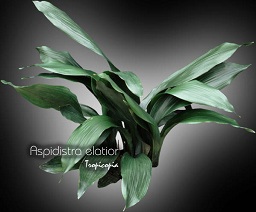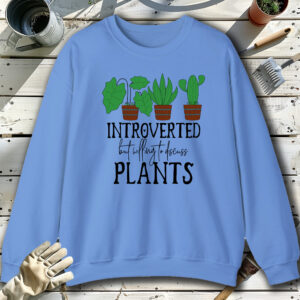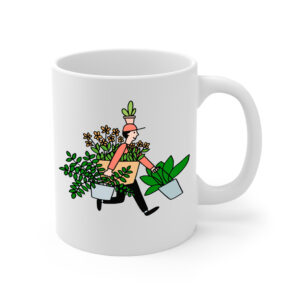Table of contents
Cast iron plant

Latin Name: Aspidistra elatior
Category: Foliage plant
Family: Liliaceae
Origin: China
Climate: Subtropical
Growing Zones: 11, 7
Care Instructions
The Cast iron plant (Aspidistra elatior) is a subtropical plant that originates from China. This foliage plant plant belongs to the Liliaceae family and is well-suited for growing in USDA zones 11, 7.
Complete Care Guide for the Cast Iron Plant (Aspidistra elatior)
Watering Requirements
The Cast Iron Plant is renowned for its resilience and ability to thrive in a variety of conditions, including low light and neglect. When it comes to watering, it is essential to allow the top inch of soil to dry out between waterings. Overwatering can lead to root rot, so it’s better to err on the side of caution. During the growing season (spring and summer), water the plant more frequently, approximately once every 1-2 weeks, depending on humidity and temperature. In the fall and winter, reduce watering to once every 2-3 weeks, as the plant enters a dormant phase. Always check the soil moisture before watering to ensure you are meeting the plant’s needs without overdoing it.
Light Conditions
The Cast Iron Plant is exceptionally adaptable when it comes to light conditions. It thrives in low to moderate indirect light, making it an excellent choice for shaded areas or rooms with limited sunlight. Direct sunlight can scorch the leaves, so it’s best to avoid placing it in bright, direct light. If you notice the leaves becoming leggy or the plant losing its vibrant green color, it may be a sign that it needs more light. However, be cautious not to expose it to harsh sunlight, as this can lead to damage. Ideally, a spot with filtered light or partial shade will keep your Cast Iron Plant healthy and thriving.
Soil Preferences
The ideal soil for the Cast Iron Plant is a well-draining potting mix that retains some moisture without becoming soggy. A blend of standard potting soil mixed with perlite or coarse sand can provide the right balance of drainage and moisture retention. The pH level should be slightly acidic to neutral (around 6.0 to 7.0). Fertilization is not a strict requirement for this hardy plant, but during the growing season, you can apply a balanced, water-soluble fertilizer every 4-6 weeks to promote healthy growth. Be cautious not to over-fertilize, as this can lead to salt buildup in the soil, which can harm the plant.
Pests and Diseases
While the Cast Iron Plant is generally resistant to pests and diseases, it can occasionally be affected by common houseplant pests such as spider mites, mealybugs, and scale. Regularly inspect the leaves for any signs of infestation, such as webbing or sticky residue. If you notice pests, treat the plant with insecticidal soap or neem oil, ensuring to cover both the tops and undersides of the leaves. Additionally, the plant can be susceptible to root rot if overwatered, so always ensure proper drainage and avoid letting the plant sit in water. Keeping the leaves clean by wiping them with a damp cloth can also help prevent pest issues and promote better photosynthesis.
Special Care Tips
To maintain the health and beauty of your Cast Iron Plant, consider the following special care tips: First, avoid placing the plant in drafty areas or near heating vents, as sudden temperature changes can stress the plant. Second, while the Cast Iron Plant is tolerant of neglect, it will benefit from occasional grooming; remove any yellow or damaged leaves to encourage new growth and maintain its appearance. Third, if you notice the plant becoming too large for its pot, consider repotting it every 2-3 years in fresh soil to provide more space for growth. Lastly, be patient; this plant grows slowly, but with the right care, it will reward you with lush, green foliage that can last for many years.








